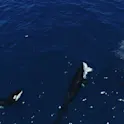
Life sciences
03 Nov 2025
Orcas seen killing young great white sharks by flipping them upside-down
Specialist shark-hunting pod paralyzes young white sharks to eat their energy-rich livers, taking advantage of local shark nursery

Life sciences
03 Nov 2025
Specialist shark-hunting pod paralyzes young white sharks to eat their energy-rich livers, taking advantage of local shark nursery
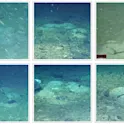
Life sciences
29 Oct 2025
In a remote part of Antarctica's Western Weddell Sea, an area once hidden beneath a 200-metre-thick ice shelf, scientists have uncovered a new and unusual phenomena: extensive maintained fish nesting grounds arranged in patterns.

Life sciences
16 Oct 2025
Access to range of explosives to train with would boost performance of detection dogs, suggests first validating study
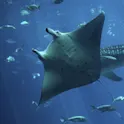
Life sciences
15 Oct 2025
Oceanic manta rays may dive many hundreds of meters deep – far deeper than once thought – for navigation and orientation after leaving coastal waters, find researchers who tracked mantas across the globe
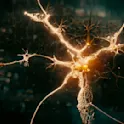
Life sciences
07 Oct 2025
Scientists find that words you’ve been told to recall are better remembered than words with negative emotional connotations — but surprisingly, sleeping doesn’t help.
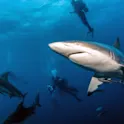
Life sciences
10 Sep 2025
31% of products sold as ‘shark’ in the US are from species at risk of extinction

Life sciences
03 Sep 2025
Listening to joyful music helped study participants with motion sickness recover better than other participants — while sad music helped less than doing nothing.
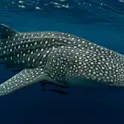
Life sciences
28 Aug 2025
Human-caused injuries are common in endangered whale sharks off Indonesian Papua, but simple changes to local fishing practices could help protect them.
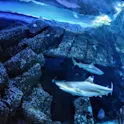
Life sciences
27 Aug 2025
Scientists found that some of the oceans’ fiercest hunters could be losing their bite: As oceans become more acidic, sharks’ teeth may become structurally weaker and more prone to break
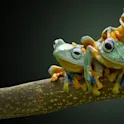
Life sciences
20 Aug 2025
Majority of living species concentrated among few disproportionately rich groups with high rates of diversification, shows first-of-its-kind study

Life sciences
18 Aug 2025
Dr Jake Johnson is the first author of a new Frontiers in Veterinary Science article that describes a rare case study of the treatment of a lethargic and unresponsive chihuahua who visited the vet’s for treatment. We talked to Johnson about his career and a particular four-legged patient that ingested cocaine.
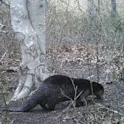
Life sciences
14 Aug 2025
Scientists found scat from river otters teeming with parasites that infect otters’ prey, suggesting that otters may be important players in local food webs

Life sciences
29 Jul 2025
A study on savannah-living chimpanzees suggests the need to move safely on thin tree branches could explain why early hominins that could walk upright kept their tree-climbing adaptations.
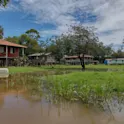
Life sciences
16 Jun 2025
Dr Beatriz Cosendey is the author of a recently published Frontiers in Amphibian and Reptile Science article. In it, she and co-authors investigated the role of the anaconda as a mythical creature in Brazil’s Lower Amazon region, locals’ perception of the snake, and how better coops for chickens could play a vital role in the peaceful co-existence of people and snakes.
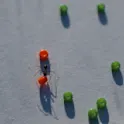
Life sciences
13 Jun 2025
Scientists studied the obstacle-clearing behavior of longhorn crazy ants, where a subset of workers temporarily specializes in removing tiny objects blocking the path between the nest and large food items. Experiments revealed that serial clearing behavior can be triggered by a single pheromone mark, which happened to be deposited near an obstacle by a forager recruited to a large food item. Clearing mostly occurs in the context of collective transport, which typically stalls in front of obstacles. The authors concluded that obstacle-clearing is a form of ‘swarm intelligence’ which emerges at the colony level, and which does not require understanding by individual ants.
Get the latest research updates, subscribe to our newsletter